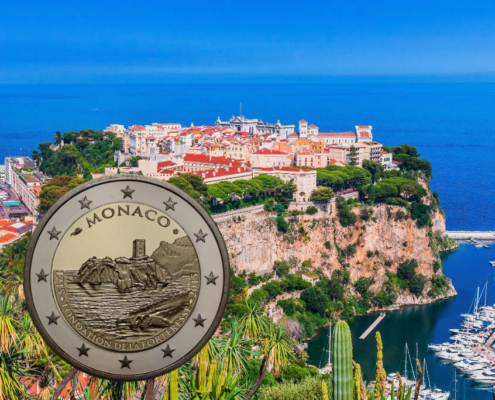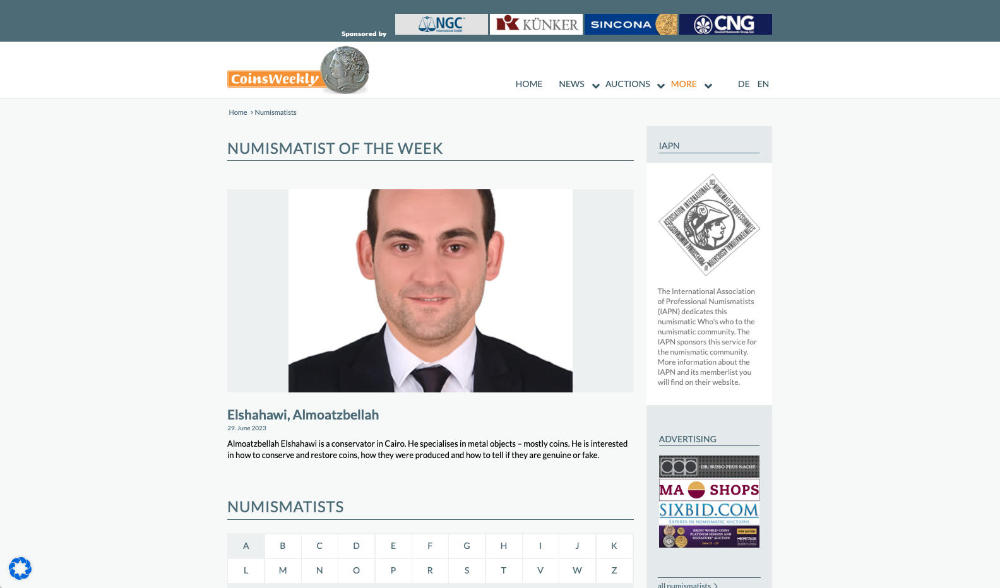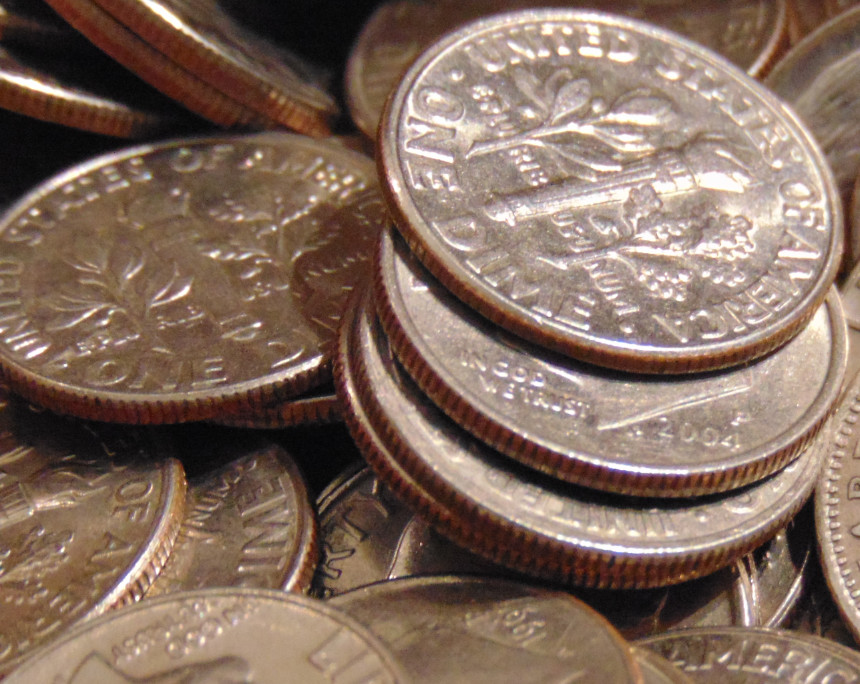1/2 Reichstaler 1621,
under Wilhelm V of Hesse-Kassel as administrator.
Condition: ef+


city of Besançon,
3 Pistols 1666 with title Charles V.
Condition: CH UNC

Bavaria, Chaise d'or (imperial shield)
1328-1347 under Emperor Louis IV.
Condition: ef

Reichstaler 1654-1668
under Count Guidobald von Thun.
Condition: vf-ef

Solidus (491-518)
under Anastasius the righteous.
Condition: vf-ef

Archive: People and Markets
Our Who’s Who Is Here!
Our entire Who’s Who for numismatists and collectors is now available on our new website. This is another important step on our path towards transitioning from our old to the new site. And there is more!
The Great Philly Pocket Change Heist
In the US, four men are standing trial as they allegedly stole coins worth 234,500 dollars from a truck. That was a ton of work. since their loot consisted of more than 2 million dimes, which were difficult to transport and even harder to spend…
Archive: Coins, Medals and more

State-of-the-Art Minting Technology
Colours, special shapes, inlays, micro inscriptions, latent images and holograms – many technologies are used on commemorative coins today. In this article, we give you a little overview of the different technologies that are currently applied in the coin producing industry.

A Numismatic Journey Through the Principality of Monaco
On the visit of Albert II and Charlène of Monaco to Germany: The small country on the Mediterranean has more to offer than casinos, car races and film stars – it can look back on a long numismatic tradition.















Joachim Stollhoff († 2 November 2024)
On 2 November 2024, Joachim Stollhoff, owner of Münzen und Medaillen GmbH, passed away after a short and serious illness. In him, we have lost a coin dealer of the old school. Ursula Kampmann remembers a companion.
Imperial Impressions – New Exhibition at the Kunsthistorisches Museum in Vienna
A new temporary exhibition at the Kunsthistorisches Museum Vienna is exploring medals as a form of art and a tool of courtly representation for the House of Habsburg. The focus is also on the court medalists.